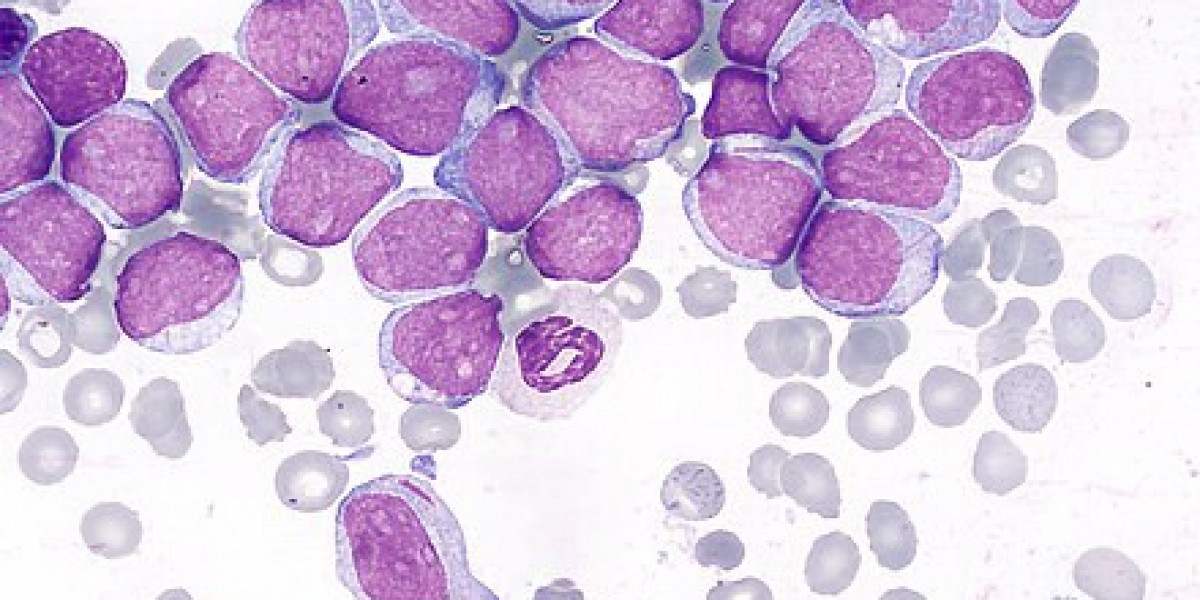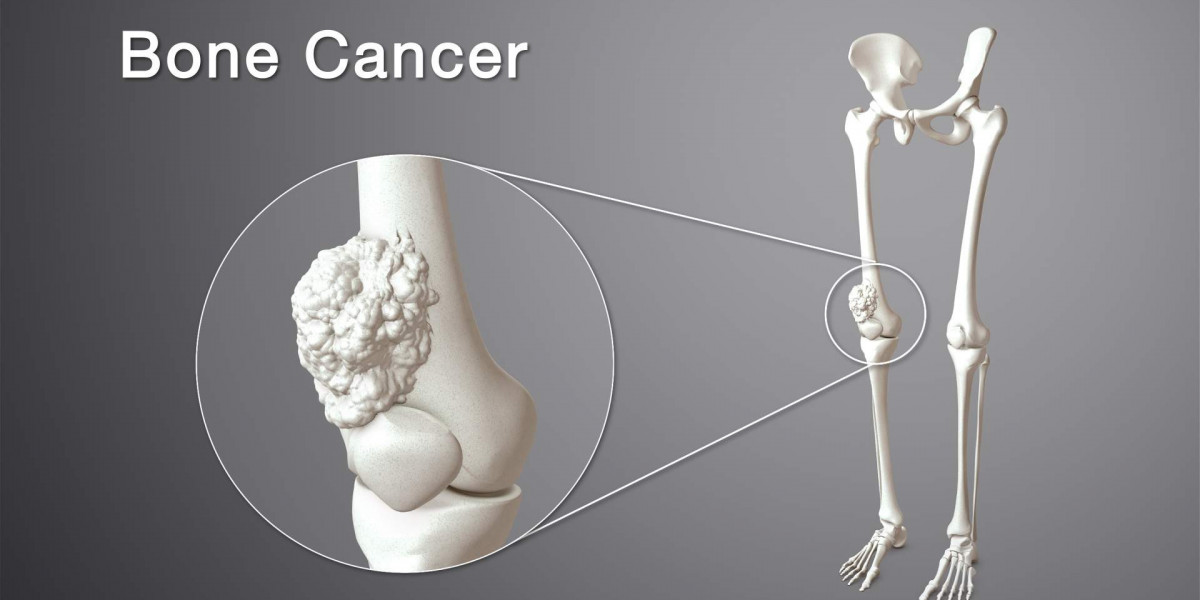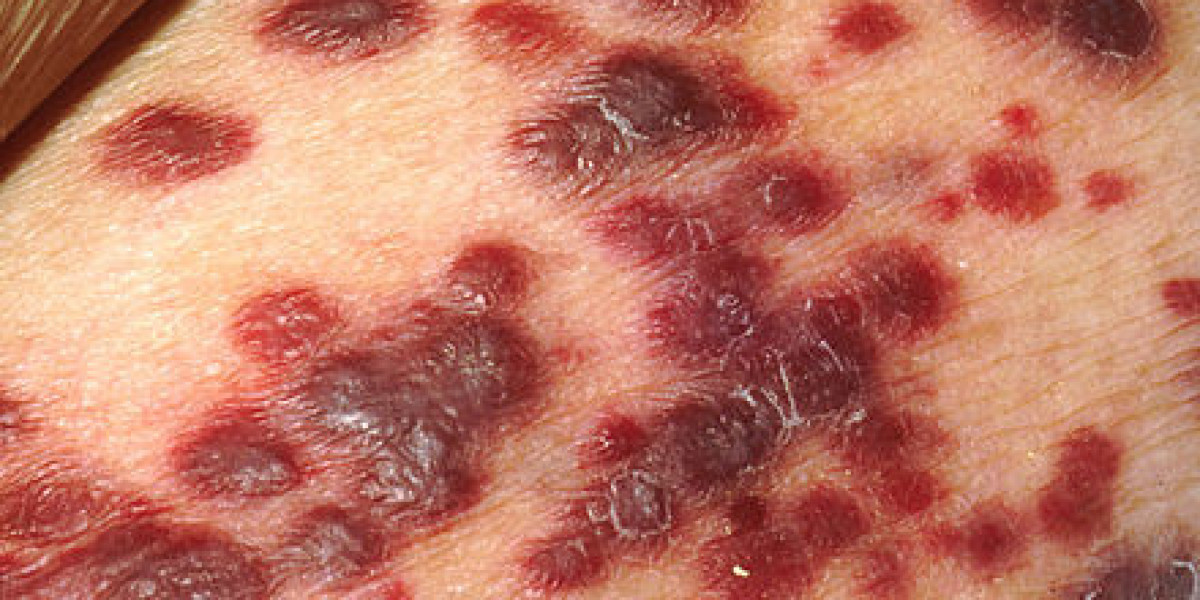Acute Myeloid Leukemia (AML) is a type of cancer that affects the blood and bone marrow. It is a rapidly progressing disease that requires prompt treatment. Here's an overview of AML:
**What is Acute Myeloid Leukemia?**
AML is a type of leukemia that originates in the bone marrow, where blood cells are produced. In AML, the bone marrow produces abnormal white blood cells, called myeloblasts, which are unable to mature and function properly. These abnormal cells accumulate in the bone marrow and blood, crowding out healthy blood cells and leading to a range of symptoms.
**Causes and Risk Factors**
The exact cause of AML is not known, but several risk factors have been identified:
1. **Genetic mutations**: Certain genetic mutations, such as those that occur in the FLT3 or NPM1 genes, can increase the risk of developing AML.
2. **Exposure to radiation**: Exposure to high levels of radiation, such as from nuclear accidents or radiation therapy, can increase the risk of developing AML.
3. **Chemical exposure**: Exposure to certain chemicals, such as benzene, can increase the risk of developing AML.
4. **Previous cancer treatment**: People who have received chemotherapy or radiation therapy for other cancers may be at increased risk of developing AML.
5. **Family history**: A family history of AML or other blood cancers may increase the risk of developing AML.
**Symptoms**
The symptoms of AML can vary depending on the severity of the disease and the individual affected. Common symptoms include:
1. **Fatigue**: Feeling weak and tired
2. **Weight loss**: Unexplained weight loss
3. **Pale skin**: Pale skin due to a lack of red blood cells
4. **Easy bruising**: Easy bruising or bleeding due to a lack of platelets
5. **Frequent infections**: Frequent infections due to a weakened immune system
6. **Bone pain**: Pain in the bones or joints
7. **Swollen lymph nodes**: Swollen lymph nodes in the neck, armpits, or groin
**Diagnosis**
AML is typically diagnosed through a combination of physical examination, medical history, and laboratory tests, including:
1. **Blood tests**: Complete blood counts (CBCs) to evaluate blood cell counts and detect abnormal cells.
2. **Bone marrow biopsy**: A procedure in which a sample of bone marrow tissue is removed and examined for abnormal cells.
3. **Genetic testing**: Tests to detect genetic mutations that may be associated with AML.
**Treatment**
Treatment for AML typically involves a combination of chemotherapy, targeted therapy, and bone marrow transplantation. The goal of treatment is to achieve complete remission, which means that there are no detectable abnormal cells in the bone marrow or blood.
1. **Chemotherapy**: Chemotherapy is used to kill abnormal cells in the bone marrow and blood.
2. **Targeted therapy**: Targeted therapy uses medications that specifically target abnormal cells, reducing the harm to healthy cells.
3. **Bone marrow transplantation**: Bone marrow transplantation involves replacing the abnormal bone marrow with healthy bone marrow from a donor.
**Prognosis**
The prognosis for AML depends on several factors, including the age of the individual, the severity of the disease, and the response to treatment. In general, the prognosis for AML is poor, with a five-year survival rate of around 25%. However, with advances in treatment, many people with AML are able to achieve complete remission and live for several years or even decades after diagnosis.
**Current Research**
Research is ongoing to develop new and more effective treatments for AML. Some promising areas of research include:
1. **Immunotherapy**: Immunotherapy, which uses the body's immune system to fight cancer, is being explored as a potential treatment for AML.
2. **CAR-T cell therapy**: CAR-T cell therapy, which involves genetically modifying a person's own immune cells to attack cancer cells, is being studied as a potential treatment for AML.
3. **Targeted therapies**: New targeted therapies are being developed to specifically target abnormal cells in AML.
Overall, while AML is a serious and rapidly progressing disease, advances in treatment and ongoing research offer hope for improved outcomes and a better quality of life for those affected.



